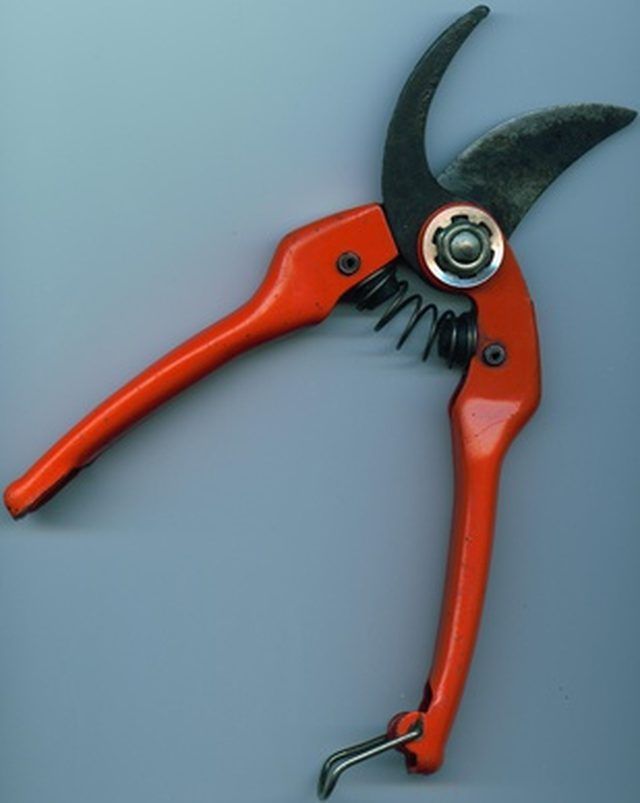Bulbs
Flower Basics
Flower Beds & Specialty Gardens
Flower Garden
Garden Furniture
Garden Gnomes
Garden Seeds
Garden Sheds
Garden Statues
Garden Tools & Supplies
Gardening Basics
Green & Organic
Groundcovers & Vines
Growing Annuals
Growing Basil
Growing Beans
Growing Berries
Growing Blueberries
Growing Cactus
Growing Corn
Growing Cotton
Growing Edibles
Growing Flowers
Growing Garlic
Growing Grapes
Growing Grass
Growing Herbs
Growing Jasmine
Growing Mint
Growing Mushrooms
Orchids
Growing Peanuts
Growing Perennials
Growing Plants
Growing Rosemary
Growing Roses
Growing Strawberries
Growing Sunflowers
Growing Thyme
Growing Tomatoes
Growing Tulips
Growing Vegetables
Herb Basics
Herb Garden
Indoor Growing
Landscaping Basics
Landscaping Patios
Landscaping Plants
Landscaping Shrubs
Landscaping Trees
Landscaping Walks & Pathways
Lawn Basics
Lawn Maintenance
Lawn Mowers
Lawn Ornaments
Lawn Planting
Lawn Tools
Outdoor Growing
Overall Landscape Planning
Pests, Weeds & Problems
Plant Basics
Rock Garden
Rose Garden
Shrubs
Soil
Specialty Gardens
Trees
Vegetable Garden
Yard Maintenance
How to Prune Sand Cherry Bushes
How to Prune Sand Cherry Bushes. Sand cherry bushes are medium-sized ornamental shrub and members of the rose family. Among the many varieties of sand cherry, purpleleaf sand cherry (Prunus x cistena) is one of the most popular for its purplish red leaves that turn crimson in summer and bronze in fall. Short-lived at 15 to 20 years, all sand cherry...

Sand cherry bushes are medium-sized ornamental shrub and members of the rose family. Among the many varieties of sand cherry, purpleleaf sand cherry (Prunus x cistena) is one of the most popular for its purplish red leaves that turn crimson in summer and bronze in fall. Short-lived at 15 to 20 years, all sand cherry varieties are prone to many pests and diseases, especially infestation by Japanese beetles in the summer months. Their growth habits are virtually the same, and so are their pruning requirements. Keep your pruning shears handy, because sand cherry bushes need a lot of attention.
Things You'll Need
Gloves
Short-handled pruning shears
Hedge clippers
Yard waste bags
Prune sand cherry bushes at any time of year, whenever pests and diseases are present or the shape of the bush needs to be controlled.
Sterilize the blades of your short-handled pruning shears and hedge clippers in boiling water to avoid transmitting infections to or from the cut branches. Leave the blades in the pot for 30 to 60 seconds to kill fungus and bacteria.
Examine the branches and leaves of the sand cherry bush for signs of canker (fungus), insect borers (holes, wilting branches) and Japanese beetles (chewed, dead leaves).
Clip away dead and diseased branches and foliage with short-handled pruning shears. Cut back to healthy tissue, or all the way to the base of the bush if necessary. Place infected material in a yard waste bag as you go to keep insects from escaping and fungus from releasing spores and spreading.
Train sand cherries into a tree-like shape by clipping away shoots and suckers from the bottom third of the shrub. Trim tops and sides of sand cherry bushes with hedge trimmers to shape a formal or informal hedge. Rake up trimmed twigs and leaves and dispose of them in yard waste bags.
Prune away long, pendulous branches in mature sand cherry bushes to prevent them splaying and giving the bush an unattractive, open center.
Sterilize pruning equipment after use to prevent transmitting infection to other plants in your landscape.
Tips & Warnings
Plant or transplant sand cherry in the fall to reduce transplant shock and increase its chances of survival in the first year.
Purpleleaf sand cherry bushes quickly lose their wonderful purplish-red color when planted in shade. Place them in full sun to partial shade for best results.